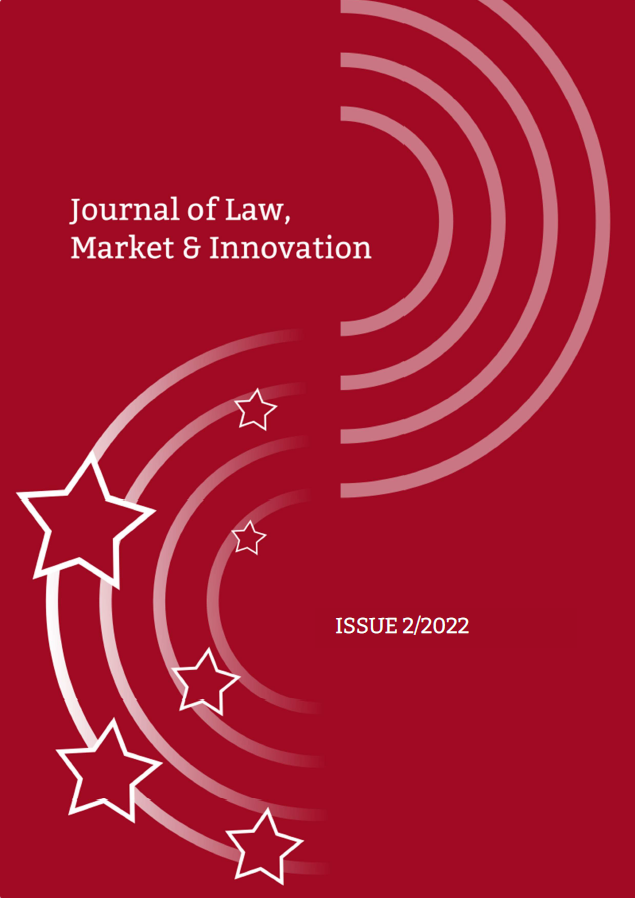From creative destruction to destruction of the creatives: innovation in walled-off ecosystems
DOI:
https://doi.org/10.13135/2785-7867/6951Abstract
For a long time, a prevailing view was that due to the dynamic nature of competition in digital markets intervention by antitrust authorities may do more harm than good. It was assumed that Joseph Schum- peter’s “perennial gales of creative destruction” would sufficiently discipline any incumbent digital firm as rivals were only ‘one click away’, switching costs low and network effects reversable. Based upon the economics of innovation, the article first examines the market conditions under which significant prod- uct improvement and/or disruptions from outside may develop and unfold. It then examines why such conditions are lacking where a single undertaking largely controls a digital ecosystem. The article con- cludes that the protective moats and walls that digital gatekeepers have built around their “cash cow” services significantly reduce the incentives and abilities to innovate for any participant within such eco- system and to disrupt the incumbent’s service. Due to common interests and mutual interdependencies of the operators of the largest digital ecosystems, it also cannot be presumed that the lack of innovation within ecosystems (intra-ecosystem competition) is sufficiently outbalanced by innovation across eco- systems (inter-ecosystem competition). In such a setting, competition policy may no longer assume that dynamic competition sufficiently disciplines even dominant companies and that there is a higher risk from over-enforcement than from underenforcement. Accordingly, the measures proposed, for in- stance, in the European Digital Markets Act and the American Choice and Innovation Online Act to open up markets for innovation go into the right direction.



 EJIF has been approved for inclusion in
EJIF has been approved for inclusion in  The Journal of Law, Market & Innovation is indexed in
The Journal of Law, Market & Innovation is indexed in  The Journal of Law, Market & Innovation is indexed in
The Journal of Law, Market & Innovation is indexed in  The Journal of Law, Market & Innovation is indexed in
The Journal of Law, Market & Innovation is indexed in  The Journal of Law, Market & Innovation is indexed in
The Journal of Law, Market & Innovation is indexed in  The JLMI is classified as a "scientific" journal for Law (Area 12) by the Italian
The JLMI is classified as a "scientific" journal for Law (Area 12) by the Italian 
